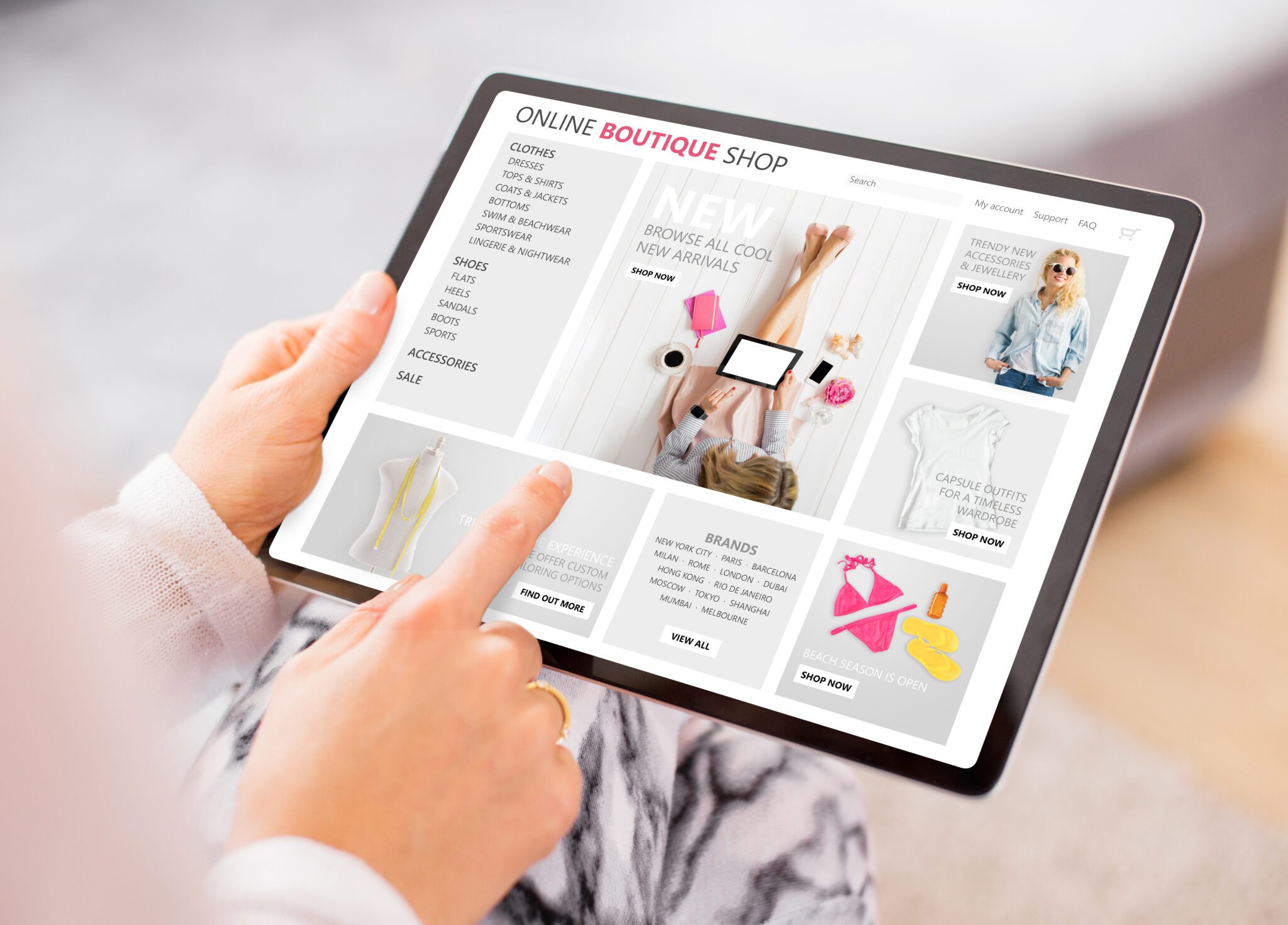Crafting a user-friendly website for business owners requires a deep understanding of UX principles to ensure optimal engagement and satisfaction. User experience (UX), a fundamental aspect of digital product design, e When creating a website for business owners, it is crucial to incorporate subheadings such as H2, H3, H4, etc., that include the focus keyword website for business owners. These subheadings not only enhance the structure and organization of the content but also improve search engine optimization (SEO) by ensuring keyword relevance throughout the page. By strategically placing the focus keyword in the subheadings, you can effectively optimize the website for business owners and enhance its visibility online. ncompasses the holistic interaction between users and digital platforms such as websites, applications, and online services.
For business owners, grasping UX principles is crucial for creating engaging digital experiences that connect with users and spark meaningful interactions. Let’s explore the core elements of UX and discover how it can transform your online presence.







